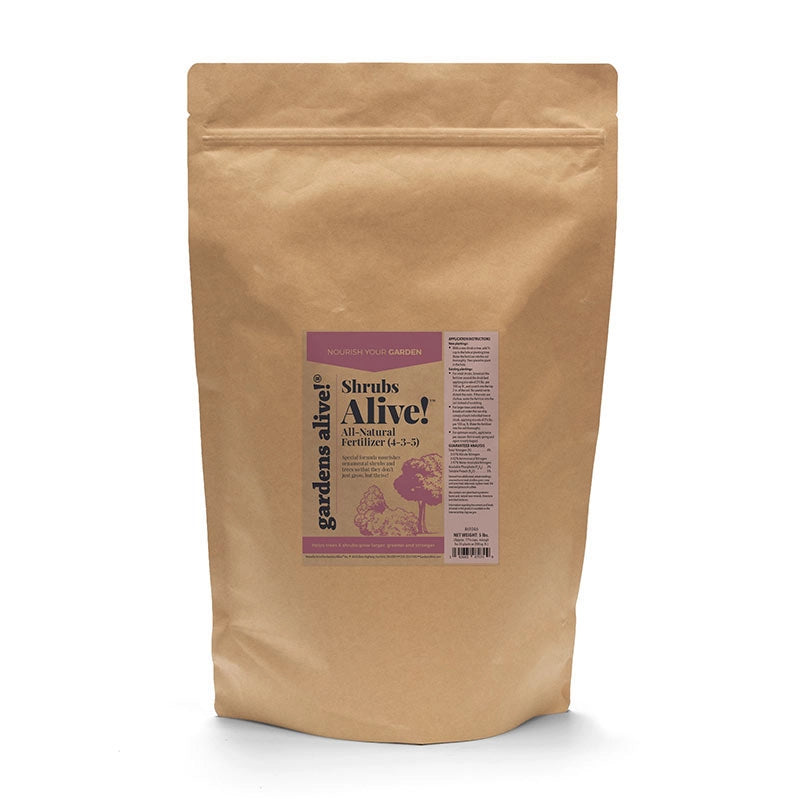What to do When Weather Wins
A couple weeks ago, I answered a call on the show about crepe myrtles behaving badly. (Well, I kind of answered it; maybe.) A listener in Tennessee explained that the growth on top of their crepe myrtles had gotten all stringy (for lack of a better word) and hoped to learn why. I had no clue.
"No clue"? Ha! I was several levels below 'no clue'. I would have had to improve my knowledge tremendously to achieve 'clueless'.
Of course, that didn't stop me. I have been fascinated by crepe myrtles ever since my older brother moved to the Virginia Beach area to teach High School and I began driving there from Philly several times each summer to sleep on his couch and swim at the secret beaches south of the resort area.
The drive took me on a long stretch of Route 13 along the Eastern Shore that was lined with massive crepe myrtles. The annual appearance of their dramatic flowers would remind me that summer was coming to an end, which was fine as the ocean water was deliciously warm in September and the tourists were gone.
Wait. Did this just turn into some sort of horticultural travelogue??
No, I'm just revealing how I came to love these plants, even though Pennsylvania was too far North to grow them back then. But as the climate changed myrtles began showing up in Maryland, Delaware, Pennsylvania and New Jersey.
I learned to urge my listeners not to commit the all-too common crime of "crepe murder" by cutting the poor plants back to the ground every Spring. Yes, they could survive these savage attacks, but they would never look right afterwards. Ideally, you cut them back in the Spring by how much they grew the previous year. If they had gone from six feet tall to eight, cut off two feet and the flowers would stay at eye level and the plant would not get scraggly and unbalanced.
So I suggested that our listener's plants had been mis-pruned or gone unpruned, or pruned late in the fall (always a bad idea) or some other malfeasance or nonfeasance with sharp objects.
And while I kind of knew that this was not even close to the reason for the call, it gave me something intelligent to say about the proper pruning of crepe myrtles--and at the correct time of year to deliver that advice. (Whenever I don't know the answer to a question, I try to say something helpful about the plant in question and hope nobody notices the evasion.)
Then we received a revelatory email from Bob near Nashville (specifically Goodlettsville):
"This has happened all over middle Tennessee. A flash freeze we had two winters ago--it went from the sixties to near zero in a few hours, with strong winds--froze the sap. About 50 % of our crapes were killed back to the ground. That 'turning inwards' look your listener spoke of is the result of the dead limbs drying out.
"A LOT of shrubs did not survive. At my place, we lost all our skip laurels, Leland Cypress, and many boxwoods. This past winter it got down to minus two F., and that finished off any surviving crepes that did try and come back up from the roots. There are dead shrubs all over Nashville that landscape companies are actively replacing. Hope this helps."
"Helps"? It more than helps, Bob; it directly answers a question that many Nashville listeners were asking (and that I had clearly failed to answer).
A couple of useful lessons here. If something happens to your plants that seems to have happened to a lot of people in your area, it's not your fault. Talk with the folks at your local independent garden center (not a big box store that happens to sell plants); they'll probably know what happened.
And I should have considered something like this. Here in the mid-Atlantic, once-reliable hydrangeas have failed to bloom during many Springs because of early and late frosts freezing the flower buds.
It only makes sense that such a climactic attack also took down those crepe myrtles. Although their range has been moving Northward at a surprisingly fast pace, they are, at their roots, plants that thrive in the South.
It's easy to use the term 'global warming' to describe what's happening to our poor planet; and the earth is clearly getting warmer every year, but {quote} "climate change" is a much more accurate term, as cold snaps are also getting colder, more frequent and less predictable. It's like trying to garden in Oregon! (That's a little inside joke to our Oregonian listeners, who have learned not to rely on calendar months for horticultural decisions.)
On a personal note, I am currently waiting to see if a massive rhododendron that toppled over in my front yard during a Springtime combination of suddenly freezing temperatures, wet heavy snow and high winds is going to bloom this Spring. It's doing a darn good imitation of a diving board right now, but it's roots are still connected to the ground and the leaves are green and glossy.
And what should I do if it does bloom? Try to lift it back up and risk hearing the snap of death? Or brag about having the only prostate rhododendron in Pennsylvania?
"No clue"? Ha! I was several levels below 'no clue'. I would have had to improve my knowledge tremendously to achieve 'clueless'.
Of course, that didn't stop me. I have been fascinated by crepe myrtles ever since my older brother moved to the Virginia Beach area to teach High School and I began driving there from Philly several times each summer to sleep on his couch and swim at the secret beaches south of the resort area.
The drive took me on a long stretch of Route 13 along the Eastern Shore that was lined with massive crepe myrtles. The annual appearance of their dramatic flowers would remind me that summer was coming to an end, which was fine as the ocean water was deliciously warm in September and the tourists were gone.
Wait. Did this just turn into some sort of horticultural travelogue??
No, I'm just revealing how I came to love these plants, even though Pennsylvania was too far North to grow them back then. But as the climate changed myrtles began showing up in Maryland, Delaware, Pennsylvania and New Jersey.
I learned to urge my listeners not to commit the all-too common crime of "crepe murder" by cutting the poor plants back to the ground every Spring. Yes, they could survive these savage attacks, but they would never look right afterwards. Ideally, you cut them back in the Spring by how much they grew the previous year. If they had gone from six feet tall to eight, cut off two feet and the flowers would stay at eye level and the plant would not get scraggly and unbalanced.
So I suggested that our listener's plants had been mis-pruned or gone unpruned, or pruned late in the fall (always a bad idea) or some other malfeasance or nonfeasance with sharp objects.
And while I kind of knew that this was not even close to the reason for the call, it gave me something intelligent to say about the proper pruning of crepe myrtles--and at the correct time of year to deliver that advice. (Whenever I don't know the answer to a question, I try to say something helpful about the plant in question and hope nobody notices the evasion.)
Then we received a revelatory email from Bob near Nashville (specifically Goodlettsville):
"This has happened all over middle Tennessee. A flash freeze we had two winters ago--it went from the sixties to near zero in a few hours, with strong winds--froze the sap. About 50 % of our crapes were killed back to the ground. That 'turning inwards' look your listener spoke of is the result of the dead limbs drying out.
"A LOT of shrubs did not survive. At my place, we lost all our skip laurels, Leland Cypress, and many boxwoods. This past winter it got down to minus two F., and that finished off any surviving crepes that did try and come back up from the roots. There are dead shrubs all over Nashville that landscape companies are actively replacing. Hope this helps."
"Helps"? It more than helps, Bob; it directly answers a question that many Nashville listeners were asking (and that I had clearly failed to answer).
A couple of useful lessons here. If something happens to your plants that seems to have happened to a lot of people in your area, it's not your fault. Talk with the folks at your local independent garden center (not a big box store that happens to sell plants); they'll probably know what happened.
And I should have considered something like this. Here in the mid-Atlantic, once-reliable hydrangeas have failed to bloom during many Springs because of early and late frosts freezing the flower buds.
It only makes sense that such a climactic attack also took down those crepe myrtles. Although their range has been moving Northward at a surprisingly fast pace, they are, at their roots, plants that thrive in the South.
It's easy to use the term 'global warming' to describe what's happening to our poor planet; and the earth is clearly getting warmer every year, but {quote} "climate change" is a much more accurate term, as cold snaps are also getting colder, more frequent and less predictable. It's like trying to garden in Oregon! (That's a little inside joke to our Oregonian listeners, who have learned not to rely on calendar months for horticultural decisions.)
On a personal note, I am currently waiting to see if a massive rhododendron that toppled over in my front yard during a Springtime combination of suddenly freezing temperatures, wet heavy snow and high winds is going to bloom this Spring. It's doing a darn good imitation of a diving board right now, but it's roots are still connected to the ground and the leaves are green and glossy.
And what should I do if it does bloom? Try to lift it back up and risk hearing the snap of death? Or brag about having the only prostate rhododendron in Pennsylvania?


